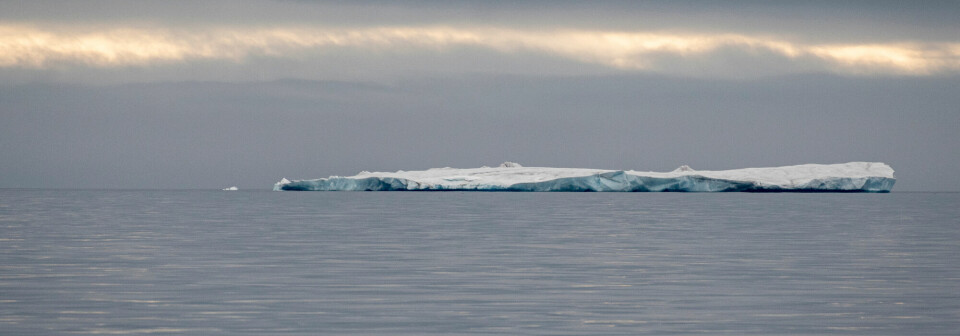
Singing water reveals itself
With a rapidly growing world population, clean drinking water has become a scarce resource. Using new technology that traces sound signals, Danish scientists hope to find groundwater in densely populated areas.
Some say that future wars will be fought over access to water. Whether this is true remains to be seen, but no one can deny that the world’s population is on a constant increase, and we all need water to survive.
One tried and tested method to search for water is known as MRS (Magnetic Resonance Sounding) and works like the MRI scanners we know from hospitals. MRS works by sending an electromagnetic signal into the subsurface by means of a grid of cables on the surface.
The signal coming from the subsurface reveals whether there is any groundwater in sight. If this signal is run through a set of loudspeakers, the response from the water can be heard as a kind of song.
The problem with this method, however, is that the response is interfered by astronomical and man-made phenomena, and that makes the method unreliable.
If there is an amplitude, there is water. The greater the amplitude, the more water molecules and thus more water.
Esben Borch Dalgaard
This is something that PhD student Esben Borch Dalgaard of Aarhus University, Denmark, is currently working to remedy.
Hydrogen atoms show the way
The main ingredient in water is hydrogen, and it is the physical properties of the hydrogen atom nucleus that the MRS method uses to search for water.
“The nucleus is oriented by the Earth’s magnetic field, just like a compass needle always points north. When the hydrogen nucleus is exposed to electromagnetic radiation, it changes from being in a state of equilibrium into a high-energy state,” Dalgaard told Aarhus Univerity’s newsletter RØMER.
When the electromagnetic radiation stops, the nuclei return to their original state, while at the same time emitting a tiny magnetic energy charge. It is this charge that can be intercepted and converted into sound through the speakers.
We used to search for water where we were able to. Now we’re looking in places where we actually want to search.
Esben Borch Dalgaard
Sound response from water in sand.
The frequency of the energy charge reveals whether there is any water to be found. The amplitude, or the signal strength, reveals how much water there is.
”If there is an amplitude, there is water. The greater the amplitude, the more water molecules and thus more water,” he explained.
So when this signal is converted into sound in a loudspeaker, the water’s ’song’ reveals its characteristics. However, electromagnetic interference from e.g. mobile phones and thunderstorms makes this work extra difficult.
To overcome this challenge, Dalgaard is working on refining the signal as much as possible. This is done by filtering out the noise using extensive calculations.
He hopes that in the end this will make it possible to make water measurements in large and densely populated areas.
”We used to search for water where we were able to. Now we’re looking in places where we actually want to search,” he said.
Sound response from water in a lake.
-------------------------
Read the Danish version of this article at videnskab.dk






